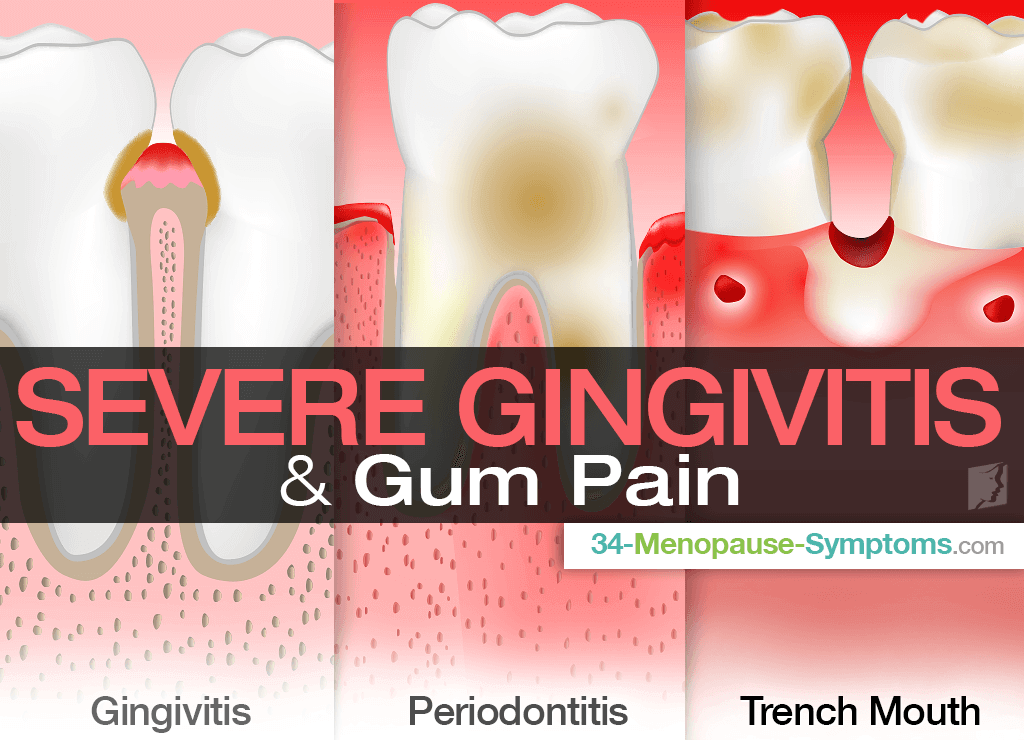Gum Pain With Cold

Experiencing gum pain when consuming cold foods or drinks can be a distressing and disruptive symptom that affects daily life. This phenomenon is quite common and can be attributed to several factors, ranging from mild and temporary issues to more serious conditions that may require professional dental attention. Understanding the causes and implementing appropriate management strategies can help alleviate the discomfort and prevent potential complications.
Sensitivity and Its Causes
Gum pain in response to cold stimuli often relates to tooth sensitivity, which is a widespread dental issue. Sensitivity occurs when the dentin, the layer of tissue beneath the enamel, is exposed. This exposure can happen due to various reasons such as receding gums, tooth decay, cracked teeth, or worn-out fillings. When cold substances come into contact with the exposed dentin, they can reach the nerve inside the tooth, causing pain.
Periodontal Disease
Periodontal (gum) disease is another significant cause of gum pain with cold temperatures. This condition arises from the infection of the gums and bone that support the teeth, often due to poor oral hygiene. As the disease progresses, it can lead to the formation of pockets between the teeth and gums, where bacteria accumulate and cause further inflammation and damage. Cold sensitivity can increase as the gums pull away from the teeth, exposing more of the tooth structure to potential irritants.
Cracked Teeth
A cracked tooth can also be a source of gum pain, especially when exposed to cold temperatures. The crack can provide a pathway for bacteria to penetrate and irritate the pulp, the soft tissue inside the tooth containing nerves and blood vessels. Consuming cold foods or drinks can cause the fluid inside the cracked tooth to expand and contract, irritating the nerves and resulting in pain.
Dental Work and Procedures
Recent dental procedures, such as fillings, crowns, or root canals, can temporarily cause gum pain and sensitivity to cold. This discomfort usually subsides on its own within a few weeks as the tooth and surrounding gums heal. However, if the pain persists or worsens, it may indicate a complication that needs to be addressed by a dentist.
Management and Prevention
Managing gum pain triggered by cold temperatures involves a combination of good oral hygiene practices, dietary adjustments, and professional dental care. Here are some strategies:
- Desensitizing Toothpaste: Using toothpaste specially designed for sensitive teeth can help block the dentin tubules and reduce sensitivity over time.
- Fluoride Gel: Applying fluoride gel to the affected teeth can strengthen tooth enamel and reduce sensitivity.
- Soft-bristled Toothbrush and Gentle Technique: Brushing with a soft-bristled toothbrush and adopting a gentle brushing technique can help prevent gum recession and enamel wear.
- Regular Dental Check-ups: Regular visits to the dentist are crucial for early detection and treatment of dental issues that could lead to sensitivity and pain.
- Avoiding Excessive Force: Minimizing the force applied during brushing and avoiding biting or chewing on hard objects can help prevent cracked teeth.
- Dietary Adjustments: Avoiding or limiting cold foods and drinks, and consuming them slowly to minimize contact with the teeth and gums, can help manage sensitivity.
When to Seek Dental Care
While many cases of gum pain with cold temperatures can be managed with home care and preventive measures, certain situations warrant immediate dental attention:
- Severe or Persistent Pain: If the pain is severe, persistent, or worsening over time.
- Visible Cracks or Decay: If there are noticeable cracks in the teeth or signs of decay.
- Gum Recession or Disease Symptoms: If there are signs of gum disease, such as swelling, redness, bleeding gums, or bad breath.
- Recent Trauma: If the pain follows a mouth injury.
In conclusion, gum pain triggered by cold temperatures can stem from various dental issues, ranging from minor sensitivity to more severe conditions like periodontal disease. Implementing proper oral hygiene, using desensitizing products, and seeking professional dental care when necessary are key to managing and preventing this discomfort. By understanding the causes and taking proactive steps, individuals can reduce their risk of experiencing gum pain with cold and maintain good oral health.
What are the common causes of gum pain with cold temperatures?
+Gum pain with cold temperatures can be caused by tooth sensitivity due to exposed dentin, periodontal disease, cracked teeth, and recent dental procedures.
How can I manage gum pain triggered by cold foods and drinks?
+Management strategies include using desensitizing toothpaste, applying fluoride gel, practicing good oral hygiene with a soft-bristled toothbrush, and avoiding excessive force on the teeth. Regular dental check-ups are also crucial for early detection and treatment of underlying issues.
When should I seek professional dental care for gum pain with cold temperatures?
+Seek immediate dental care if you experience severe or persistent pain, notice visible cracks or decay, have symptoms of gum disease, or if the pain follows a mouth injury. Early intervention can prevent minor issues from becoming major problems.
